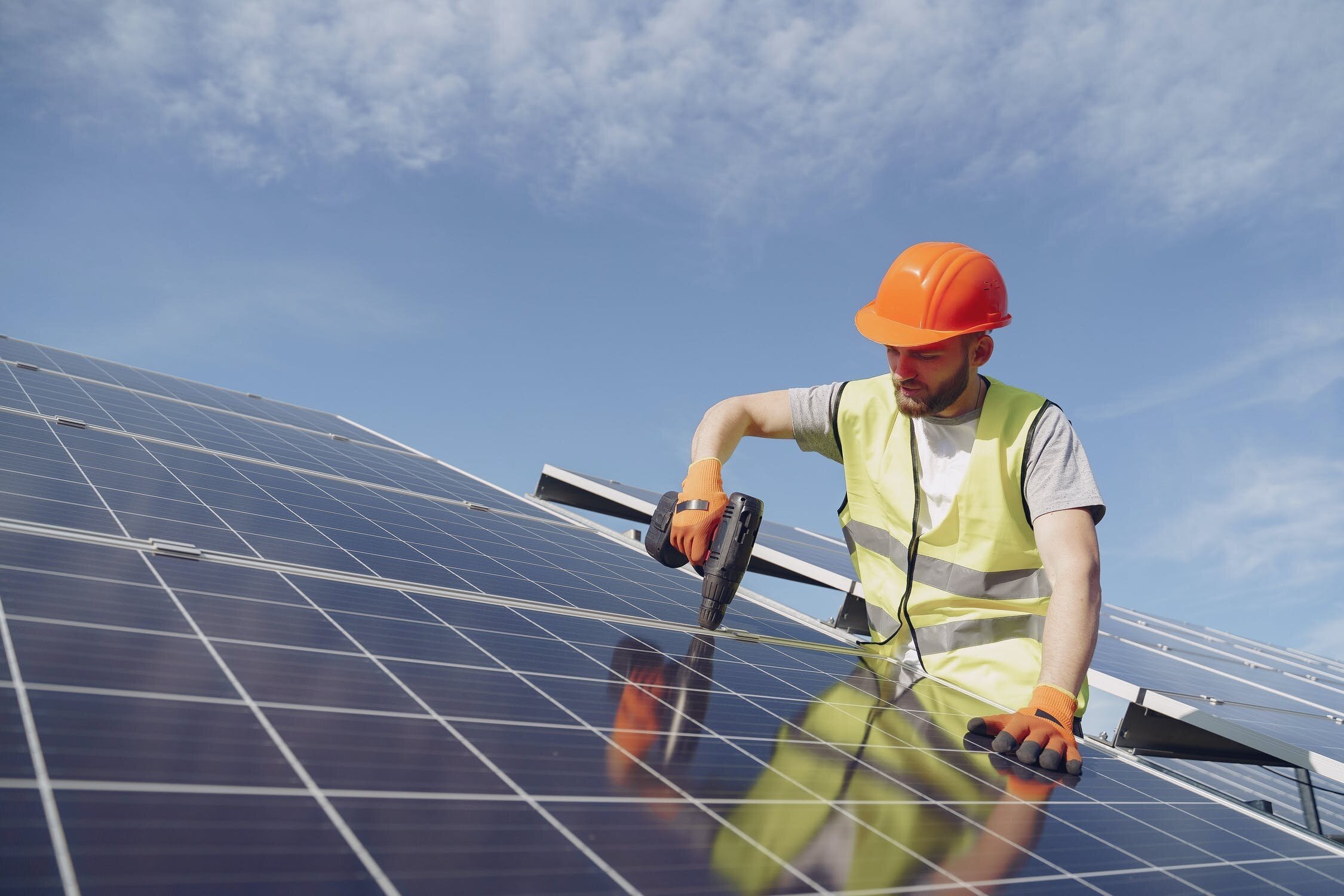Solar Energy for Rural Construction Projects
The eco-conscious movement is influencing various industries, and shifts toward sustainable practices support President Biden’s established climate change prevention goals. He allocated a significant quantity of funding to the clean energy sector, promoting production and employment.
Biden plans on using renewable power enhancements to generate an electric grid. The construction industry can use it to access clean electricity, fueling rural projects. With technological storage advancements, companies can retrieve reliable and cost-effective power.
image © pexels
Limitations of Rural Construction
Globally, 1.2 billion rural community members lack access to electricity. Inefficient energy dispersal and grid systems prevent companies from meeting local power demands. The high and inconsistent costs of electricity additionally create accessibility challenges.
Rural construction companies struggle to meet consumer demands without consistent power sources. During storm seasons, when fallen trees cause power outages, it may take longer to conduct maintenance. Construction companies cannot complete projects without adequate energy.
Fortunately, solar power offers a sustainable solution for rural builders. It shifts their reliance away from unpredictable energy prices and failing power grids. Companies can save money and shrink their carbon footprint when accessing solar power.
The Electric Grid
Generating accessible solar energy requires the development of an electric grid, which would bring clean power to rural regions without requiring high upfront costs. Many individuals lack the necessary funds for purchasing a home solar system.
Similarly, moving from site to site limits a construction company’s ability to access direct solar power. An electric grid is funded by the government, placing panels throughout a region without installation costs. Transmission lines help individuals access clean energy from anywhere.
Roof panels, solar fields and floating photovoltaic systems support the clean energy grid. Unlike conventional power sources, solar has a lower efficiency rate. The grid must source electricity from many panels to local energy demands.
Floating panels can significantly expand rural regions’ access to affordable and reliable energy. Many rural areas use their open land for agriculture, limiting the availability of solar fields. Placing panels on rivers, lakes and streams can increase renewable energy production while preserving open spaces.
Homeowners can install systems on their property to eliminate electricity costs and generate a passive income. Providers first evaluate the property and design a system with optimal sun exposure. After installation, the owner can send excess renewable energy to the grid, supporting local residents and companies.
Storage
Generating an electric grid for rural solar energy distribution requires advancements in storage technology. One facility displays promising potential for industrial-scale storage. Vistra’s Moss Landing Energy Storage Facility converted an old power plant into a clean electricity holding center.
Inside an old smokestack lies a 300-megawatt lithium-ion battery, holding solar and wind power. The facility distributes clean energy to northern California during peak hours, meeting demands and decreasing power costs. Rural regions can utilize similar technology to conserve excess energy and support local business needs.
Compatible Equipment
Construction companies can utilize a solar grid for project fuel when adopting electric equipment. Since Tesla released its electric vehicles (EV), other companies began developing similar technology. Engineers generated electric construction machinery, like the EV dump truck.
One company in Switzerland uses the world’s largest EV truck for transporting up to 65 tons of building materials. It contains a 600-kilowatt-hour battery, powering a day of work. The vehicle also generates fuel when descending steep hills.
When recharged with solar energy, the dump truck can reduce greenhouse gas emissions by 196 tons annually. Additionally, using electric and solar compatible tools increases the success of a construction company. The eco-consumerism movement places high sustainability standards on various businesses.
Generation Z and millennial consumers are more likely to support low-emission companies than ecologically degrading competitors. Construction operations can significantly decrease their pollution rates, increase profits and support the electric grid’s development by sourcing solar power for projects.
The Green Future of Construction
Solar energy provides a sustainable solution to struggling building companies in rural regions. It also may pave the way for a greener future in the construction industry. Down the line, the government may require construction companies to use renewable energy sources.
When industries transition away from fossil fuels toward clean power, we can reach our national carbon neutrality goal.
Author Bio: Jane is an environmental writer who covers topics in sustainable construction and green building materials and the editor-in-chief of Environment.co.
cover image © pexels







